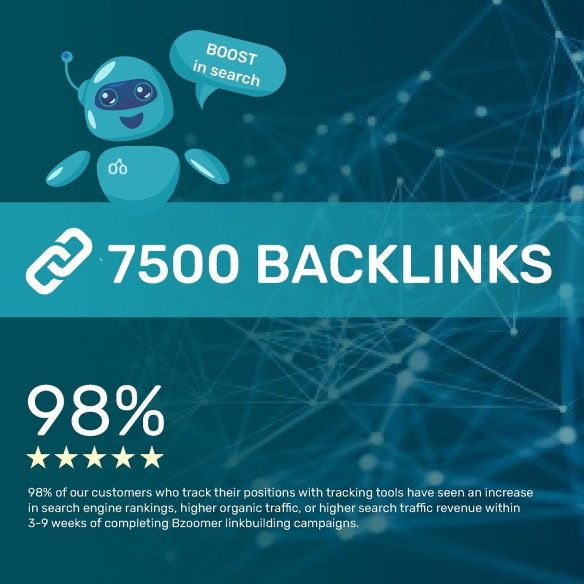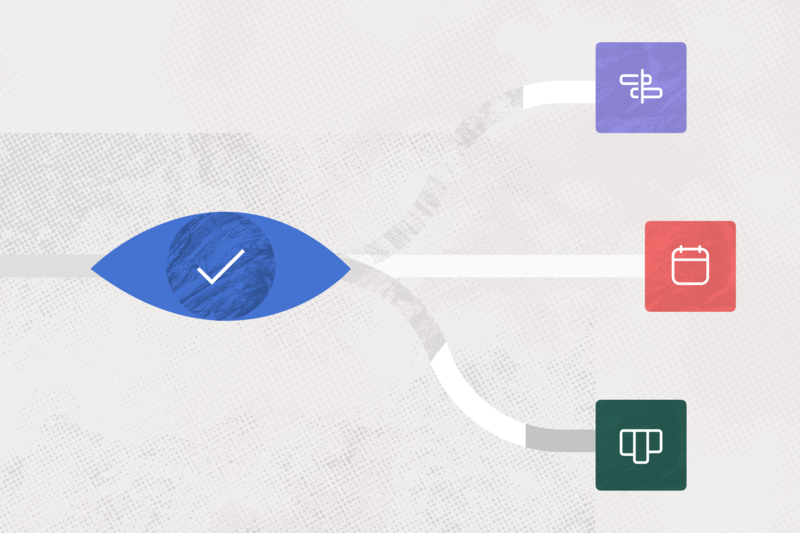In today’s fast-paced business environment, efficient project management is crucial. Visual project management tools have emerged as powerful solutions to help teams streamline their workflow, enhance collaboration, and boost productivity. This article explores the benefits of visual project management tools and provides insights into how they can transform your project management approach.
What Are Visual Project Management Tools?
Understanding Visual Project Management
Visual project management tools utilize graphical representations to plan, monitor, and manage projects. These tools often feature dashboards, charts, and boards that provide a clear and concise view of project progress, tasks, and deadlines. By visualizing project data, teams can quickly identify bottlenecks, track progress, and ensure timely completion of tasks.
Benefits of Visual Project Management Tools
Improved Clarity and Transparency
Visual tools provide an at-a-glance overview of the project status. This clarity helps team members understand their responsibilities, deadlines, and the overall project timeline. With everything laid out visually, it’s easier to communicate project goals and expectations.
Enhanced Collaboration
Visual project management tools facilitate better collaboration among team members. Features such as shared boards, real-time updates, and comments allow for seamless communication. Team members can quickly share updates, ask questions, and provide feedback, ensuring everyone stays on the same page.
Streamlined Workflow
These tools help streamline the workflow by breaking down complex projects into manageable tasks. Visual representations such as Kanban boards or Gantt charts make it easier to prioritize tasks, assign responsibilities, and monitor progress. This organization leads to a more efficient workflow and higher productivity.
Increased Accountability
With visual project management, accountability is enhanced. Team members can see their tasks and deadlines, making it easier to track who is responsible for what. This transparency helps ensure that everyone is accountable for their contributions and can lead to improved performance.
Key Features of Visual Project Management Tools
Dashboards
Dashboards provide a high-level overview of the project’s status. They display key metrics, such as task completion rates, upcoming deadlines, and resource allocation. This bird’s-eye view allows project managers to quickly assess the project’s health and make informed decisions.
Kanban Boards
Kanban boards are popular in visual project management. They use cards and columns to represent tasks and their stages of completion. This method helps teams visualize the flow of work, identify bottlenecks, and manage tasks effectively.
Gantt Charts
Gantt charts are another essential feature. They provide a timeline view of the project, showing start and end dates for tasks and their dependencies. This visualization helps in planning and scheduling, ensuring that all tasks are completed on time.
Real-Time Collaboration
Real-time collaboration features enable team members to work together seamlessly. These tools often include chat functions, file sharing, and comment sections, allowing for instant communication and feedback.
How to Choose the Right Visual Project Management Tool
Assess Your Needs
Before selecting a tool, assess your team’s needs. Consider the size of your team, the complexity of your projects, and your workflow requirements. Identifying your specific needs will help you choose a tool that aligns with your project management goals.
Evaluate Features
Compare the features of different visual project management tools. Look for features that match your needs, such as dashboards, collaboration tools, and integrations with other software. A tool with a comprehensive set of features will provide better value.
Consider Usability
Usability is crucial when selecting a tool. Choose a tool with an intuitive interface that your team can quickly learn and adopt. A user-friendly tool will reduce the learning curve and ensure that your team can start using it effectively from day one.
Check for Scalability
Ensure that the tool you choose can scale with your business. As your team grows and projects become more complex, the tool should be able to accommodate your evolving needs without compromising performance.
Conclusion
Visual project management tools are invaluable for modern project management. They offer improved clarity, enhanced collaboration, streamlined workflows, and increased accountability. By carefully assessing your needs and evaluating the features and usability of different tools, you can find the perfect solution to elevate your project management practices. Embrace visual project management tools and watch your team’s productivity and efficiency soar.



